Fire retardant fabrics are an extremely important safety tool in a variety of commercial, industrial, and municipal applications such as curtain soft finishing industry. These fabrics are mostly used in uniforms for firefighters, Air Force pilots, tents, industrial workwear, and parachute fabric. Within the UK is his regulation that all soft finishing in the area of public use of fire retardants, for example, care homes, will have the regulations they need to abide by.
Table Of Contents
What is Fire retardant fabric?
Fire-retardant fabrics are chemically treated fireproof fibers that have more fire-resistant capacity than others. They are manufactured of fibers that are permanently fire retardant. It is impossible for external forces to change the chemical structure of polyester fibers. However, normal non-fire fabrics can also be treated with a special coating to ensure it is protected Against fire.

How to make fire retardant fabrics- step by step
There are various types of possible fire retardants. The basic formula of making fire retardant fabrics is to create a protective layer around the surface or the area of polymer which is burning.
Due to some protective layer around that, the fire will not directly go to it. It has to go through this protective layer. Few methods were applied to the fabric to manufacture a flame-retardant fabric. The best method is given below:
Chemical Method:
This method is the most effective way of making fire retardant fabrics. Few necessary components will be required.
Fabric Compositions
- Borax - 6 parts/lbs.
- Boric acid- 5 parts/lbs.
- Diphenyl oxide -2ml
- Cyclic propanoic -2ml
- Phosphoric acid
- Formic acid.
- Water -100 parts/12 gallons (45.4L in total)
Steps of Producing Fire Retardant Fabrics:
Step-1: Remove the coating if it has
If there is any coating, dip the fabric in the little amount of formic acid that is properly socked. It is for removing the coating.
Step-2: Mix Borax, boric acid, and water
You have to mix up borax, boric acid, and water in a large container.
Step-3: Use Diphenyl oxide
Its special feature is, at the time of taking temperature, it releases bromine. Charcoal generally forms with the help of bromine. When charcoal and CO2 are formed, some moisture is released there. This moisture restricts the increase of fire.
Step-4: Dropdown Cyclic propanidid
After that, mixed 2ml cyclic propanidid in the same mixture. It helps to protect the fire-retardant material. Even if you use detergent or other chemicals for washing, this chemical will help to protect the inner chemicals.
Step-5: Dissolved it properly
At the same time of dissolving, Collect the previously soaked fabrics. As it dipped for quite an extended period, its water penetration was complete. It helps to surface the coating of chemicals homogeneously in the following steps.
Then, Dip the fabric in the dissolved solution. The more it absorbs chemicals, the better-quality fire-retardant fabric will be made.
Step-6: Use padder machine
To remove excessive chemicals, give them to the padder machine. This machine applies high pressure on the fabric between two superimposed rollers.
Step-7: Dry up and use phosphoric acid
After removing water, dry up the fabric. The chemical remains on the fabric. Generally, few machines are used to dry. The last treatment is to Wash the dry fabric with phosphoric acid and then water. Then dry again.
Conclusion
Chemical method helps in reducing the temperature of the composition Because only at certain temperatures, certain types of products are found which may be fire hazards. So, in that sense, if you reduce the temperature of degradation decomposition, you may save or restrict the burning. So, it is necessary to learn how to make fire retardant fabrics to stay safe.





.webp)
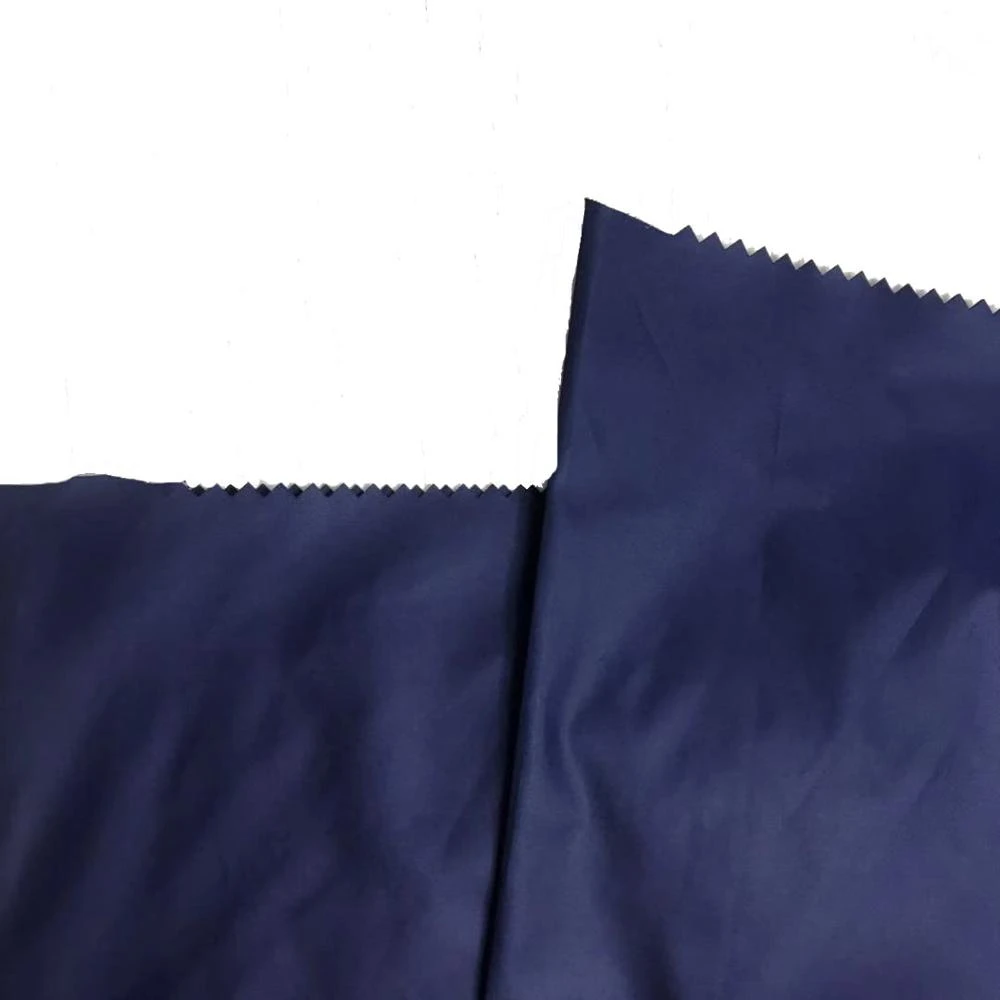
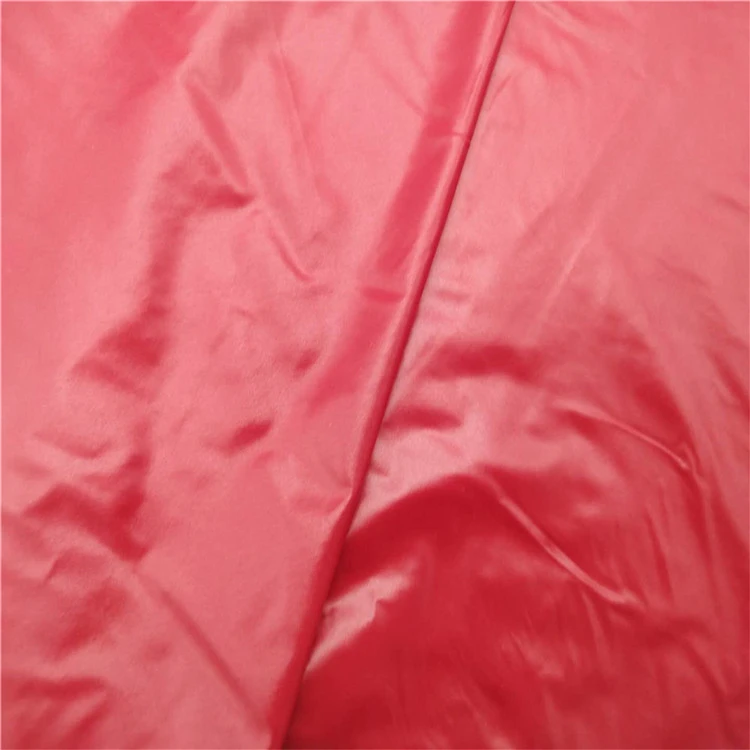
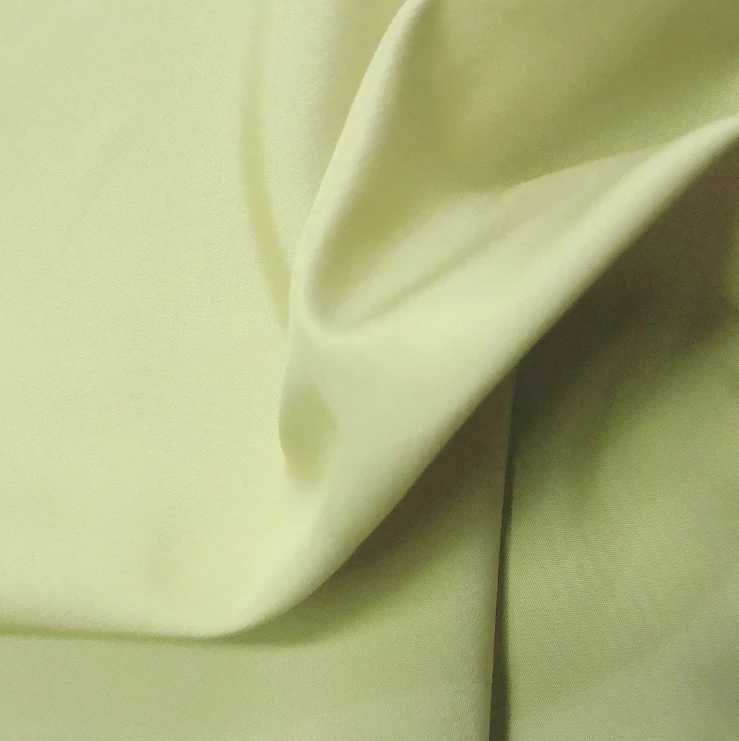
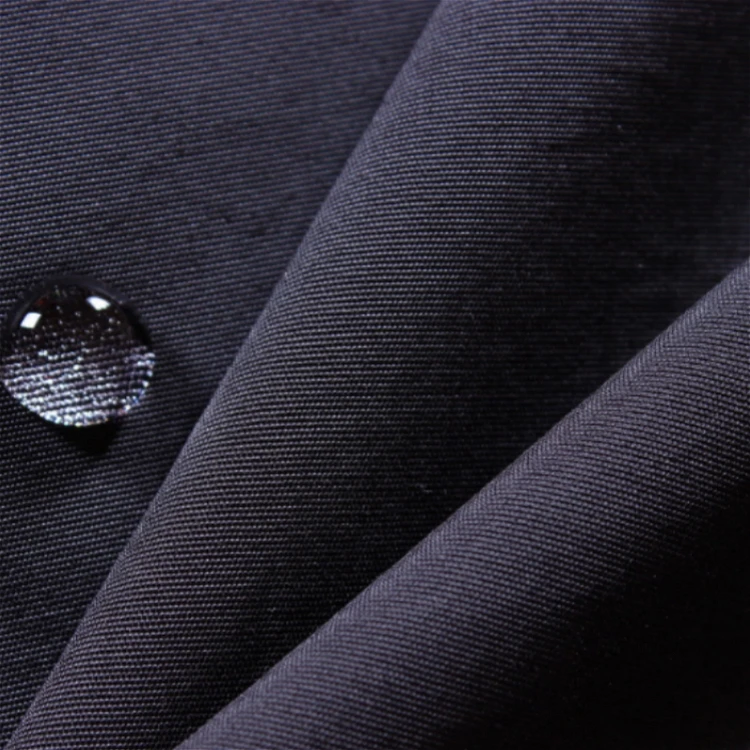
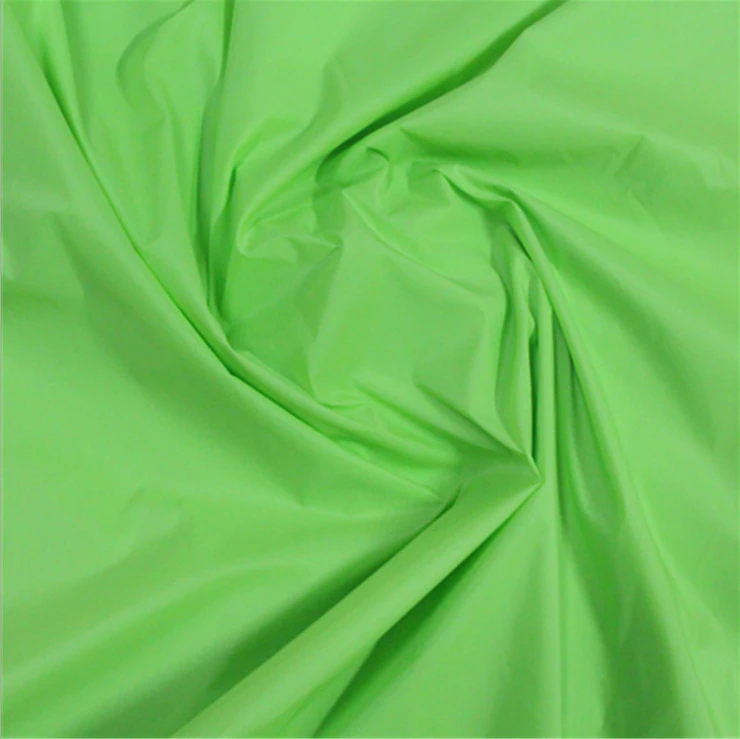
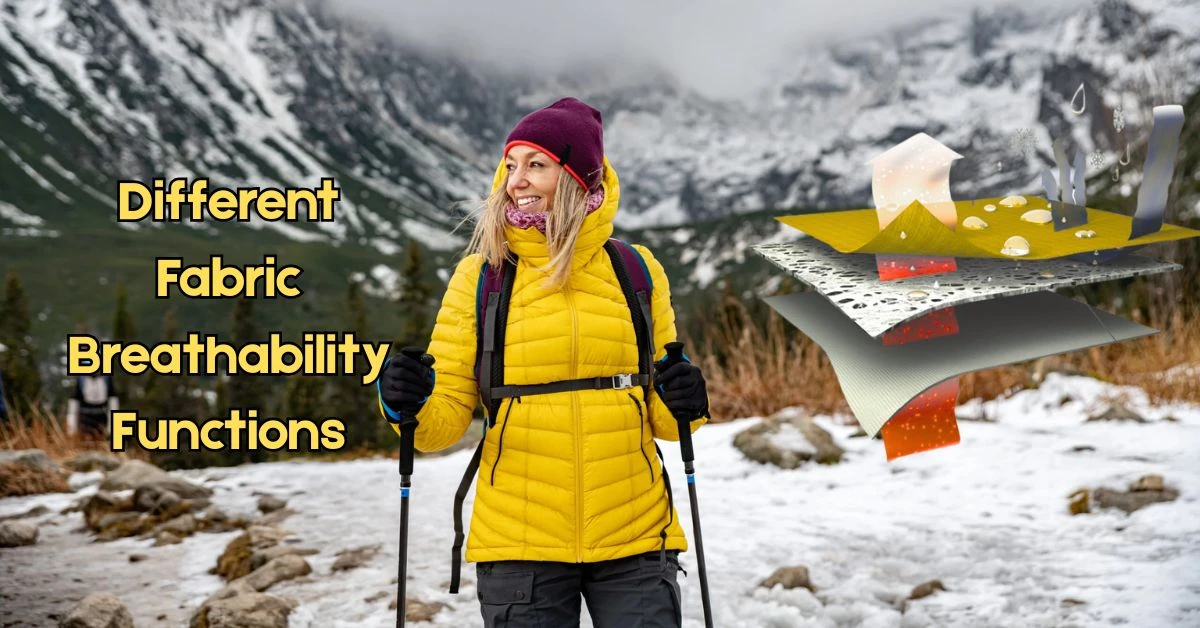
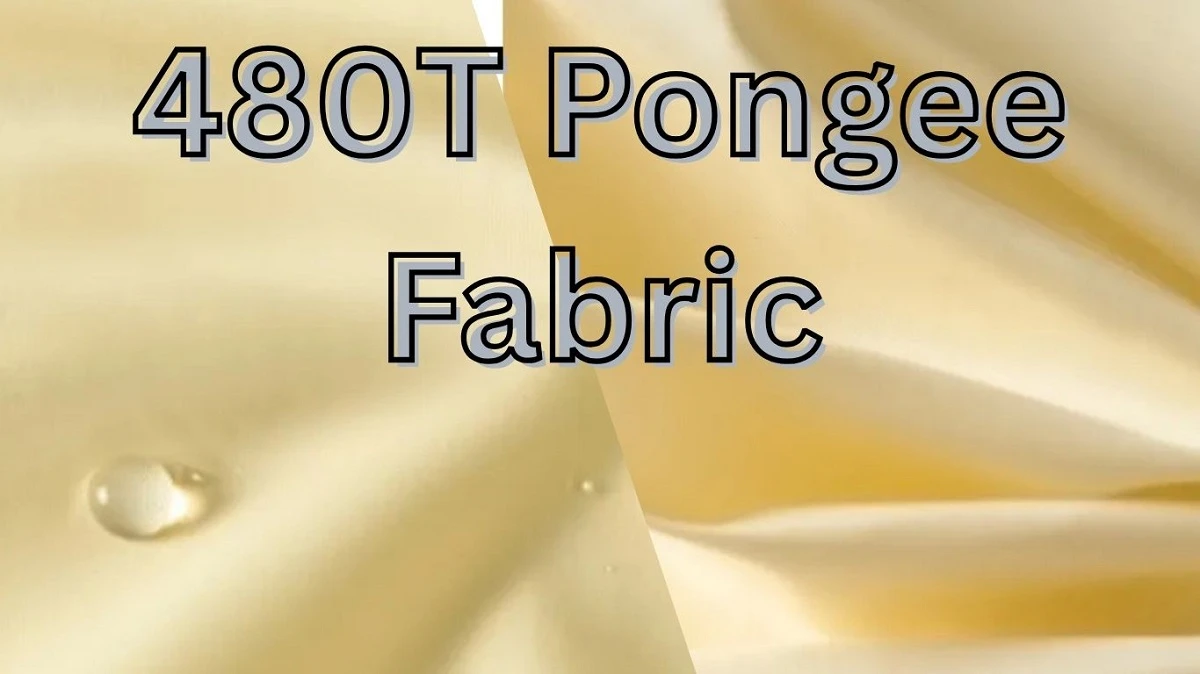
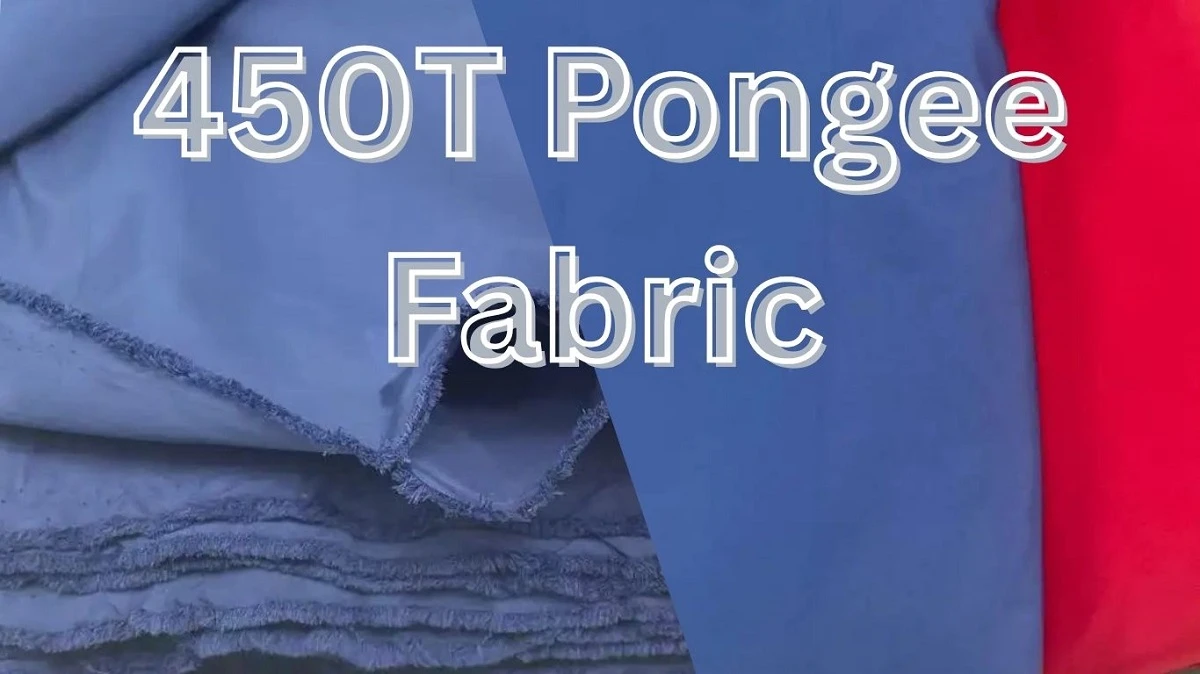
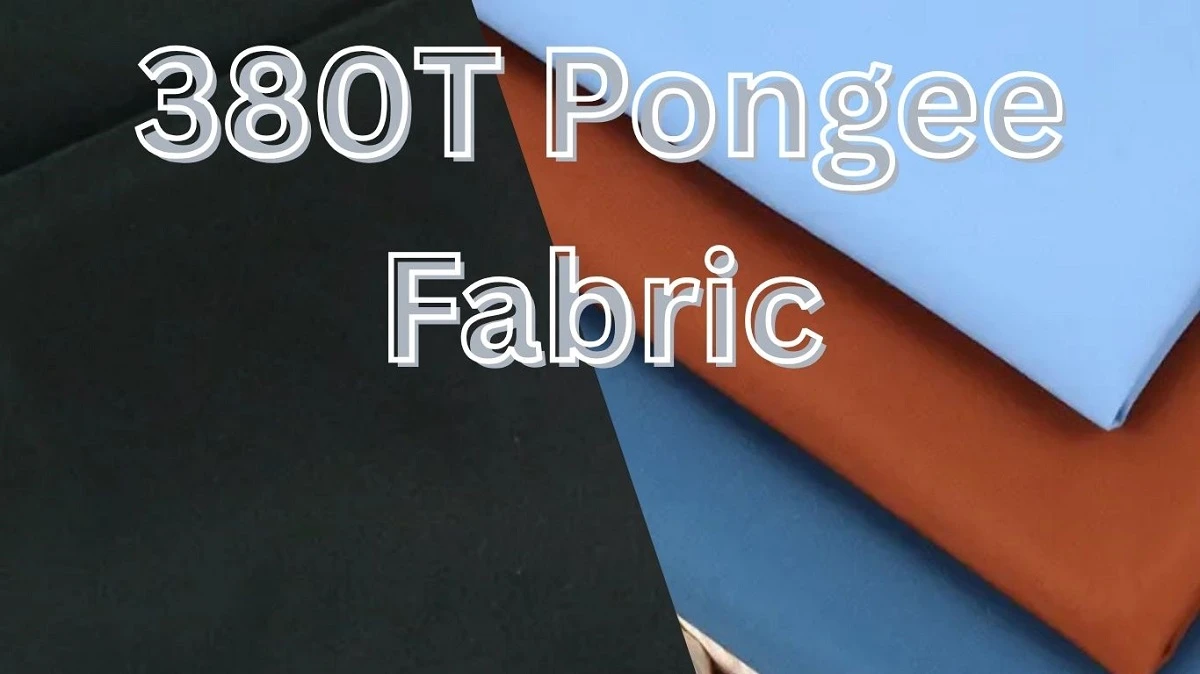
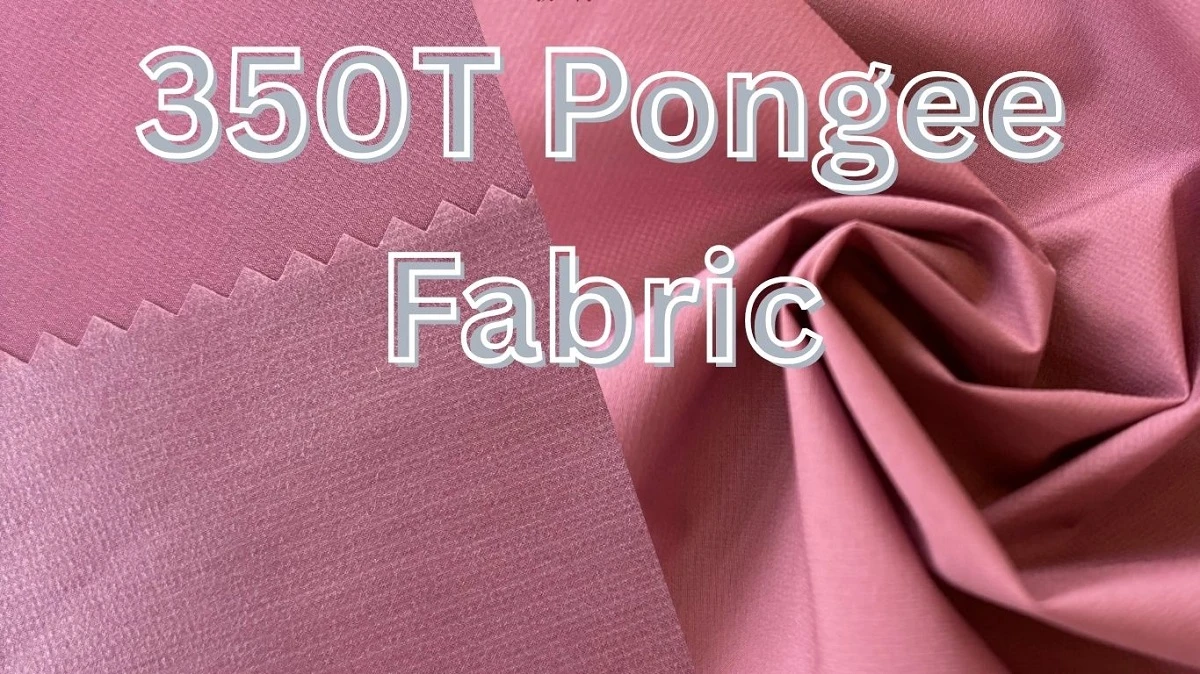
Comments - 00
Leave A Reply
Thanks for choosing to leave a comment.